What is Nanotechnology? Nanoscience/ Nanotechnology
- Aman Bajpai

- Mar 3, 2021
- 3 min read
World of Nano sized
Introduction
The ideas and concepts behind nanoscience and technology started with a talk entitled “There’s Plenty of Room at the Bottom” by famous physicist Richard Feynman at the California Institute of Technology.
What is Nano?
You all must have heard about the word “nanotechnology” somewhere in any high-tech sci-fi movies like iron man, J.I. Joe or avengers. To understand the term nanotechnology let’s first understand the term nano, nano has come from a Greek word nanos which means darf it’s a unit of the size which is a billionth of a meter. Okay if I have to demonstrate that how small the nanometer is I would take an example of a newspaper A sheet of newspaper is about 100,000 nanometers thick. Suppose if a marble were of nanometer size, then one meter would be the size of the Earth. Now can you imagine how small the nanometer is?
Importance of Nanoscience and technology
It is the branch of science which deals with the materials having atleast one of it’s dimension in nanometer size. But why it is important to learn nanotechnology the answer lies in the statement made by Chad Mirkin, professor of chemistry at Northwestern University ‘Everything, when miniaturized to the sub-100-nanometer scale, has new properties, regardless of what its’
Nanoparticles are so small that they are made up of only few atoms, as compare to their bulk counterpart, making them behave differently due to enhancement in its properties. Taking an example of gold which is a shiny yellow color substance which generally doesn’t react. But if we break down gold into nanosized it not only starts showing variable colors from red to blue but also start acting like a catalyst.

Why Nanoparticles act differently from their bulk counterparts?
Now the question is why do nanoscale things act differently from its bulk counterpart? one of the major reason behind this change is the smaller you go, the ratio of surface to volume increases. In the case of bulk material, the atoms at the surface are relatively less. But at nanoscales, the surface area covered by atoms increases. Let’s understand this by an example of a bowling ball in which the vast majority of atoms are inside the ball, with very few atoms at the surface, only these few atoms are able to interact with the wooden lanes. Now, break the ball to several nanosize particles. Those atoms which were initially interacting themselves are now comes at the surface and beginning to interact with the wooden lane atoms, these atoms begin to contribute very significantly to the overall properties of the material. That’s the reason why surface area increases in nanometer-size particles.
When the particle size is made to be nanoscale, properties such as thermal, chemical, optical, magnetic, electrical properties changes.
Applications of nanoscience and technology
Nanoscale materials are used in everything from cosmetics to textiles, to defense to healthcare, and whatnot.
Computers were of room size when they were introduced and now they are sitting on our laps with the help of nanotechnology using nanomaterials which reduced the size of transistors helped in decreasing the size of computers and other communication devices.
Now let’s talk about some most interesting applications of nanomaterials that you may not know.
Trousers and socks which you are probably wearing right now have been infused with nanotechnology so that they will last longer and
keep people cool in the summer. Bandages are being infused with silver nanoparticles to heal cuts faster silver nanoparticles are used in food packaging, clothing, disinfectants, and
household appliances because of its antibacterial properties. titanium dioxide & zinc oxide nps are used in
sunscreen, cosmetics, surface coatings, and some food products;
; Talking about its importance in the medical field by the help of nanoparticles we can now diagnose and treat cancer specifically without even affecting to the healthy cells.
Today's scientists and engineers are finding different ways to intentionally make materials at the nanoscale to take advantage of their enhanced properties such as lighter weight, higher strength, and greater chemical reactivity than their larger-scale counterparts.





Comments